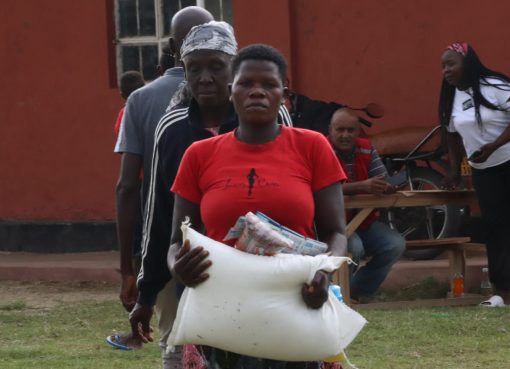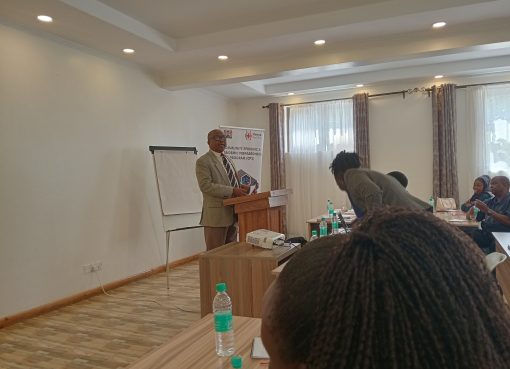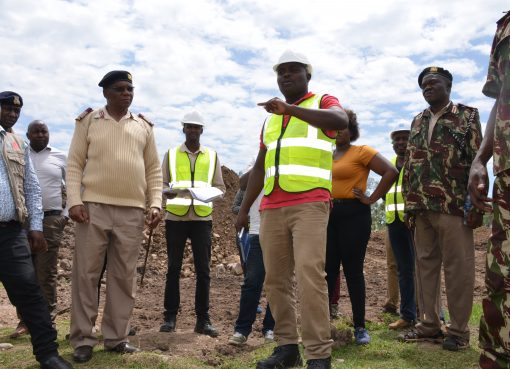Kiambu County leads in terms of formal financial inclusion, according to the 2024 FinAccess household survey report.
The report places Kiambu at 94 percent formal financial inclusion, which means that individuals and businesses have access to useful and affordable financial products and services that meet their needs, such as financial transactions, payments, savings, credit, and insurance delivered in a responsible and sustainable way.
Kiambu County has also made huge leaps forward in its inclusion percentage change from 2021 to 2024, moving from 91.8 percent to 94 percent, resulting in a 2.2 percentage increase.
This increase has come as a result of increased use of financial services, with adults countywide using mobile money services at 82 percent, which has been a steady increase from 2019 when the service was 79 percent.
The survey shows the county leads largely because the population is more informed about financial services, has high literacy levels, wider access to financial services, and higher incomes, hence affordability.
On the other hand, the county’s exclusion rate stands at 2.7 percent, with counties like Turkana and West Pokot leading the exclusion percentage with 31 percent and 27 percentage points, respectively.
James Karimi, a food vendor in Kiambu town, said that over the past year, he has used a number of different financial services to continue growing his business, primarily relying on mobile money for payments by customers. He uses the money and deposits the income in his chama and SACCO.
“I have been doing this for two years now, and I have been encouraged by the number of different avenues that are available to me to grow my business and also to pursue other endeavors; having different financial growth opportunities has helped people in this business a lot,” he said.
The rural-urban divide is also significant countrywide, with the population in rural areas depending on informal groups such as chamas at 32.3 percent, more than Saccos at 24.2 percent, for financial services, particularly when saving or borrowing, while urban areas rely more on Saccos at 35.4 percent compared to informal groups at 28.5 percent.
This divide has been attributed to a number of factors, one being the differences in social support systems the urban population has when compared to the rural population. These support systems make it easier for those in rural populations to rely on informal groups, while those in urban areas do not.
The FinAccess Survey is a leading source of reliable data on financial access and usage in Kenya and is widely used by both public and private sector players and international development partners to inform policy formulation and research.
By Cedric Karungaru




